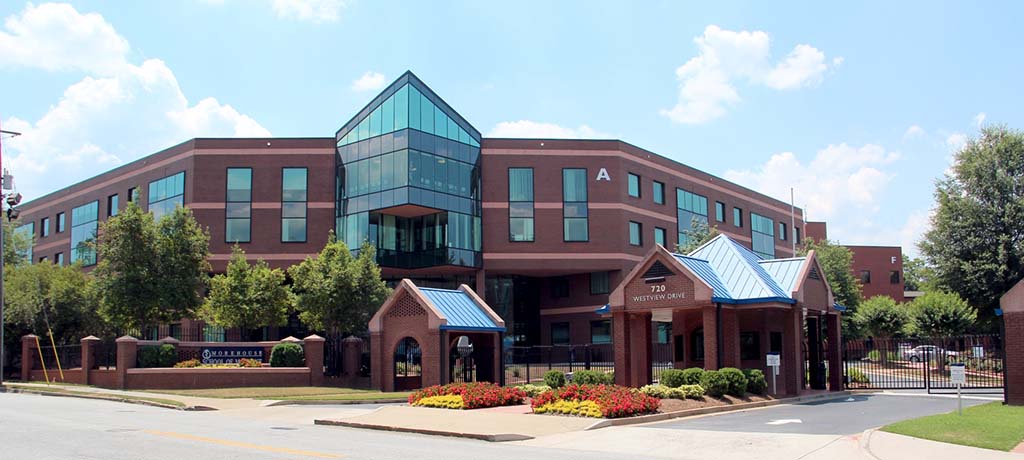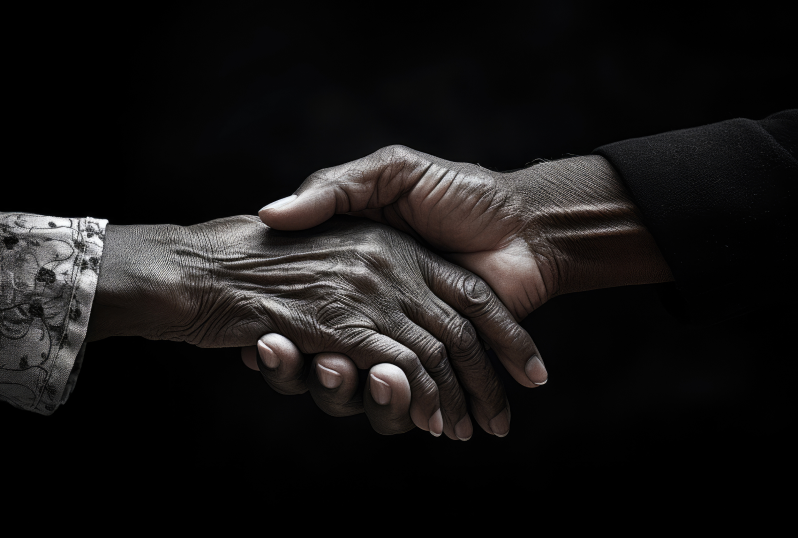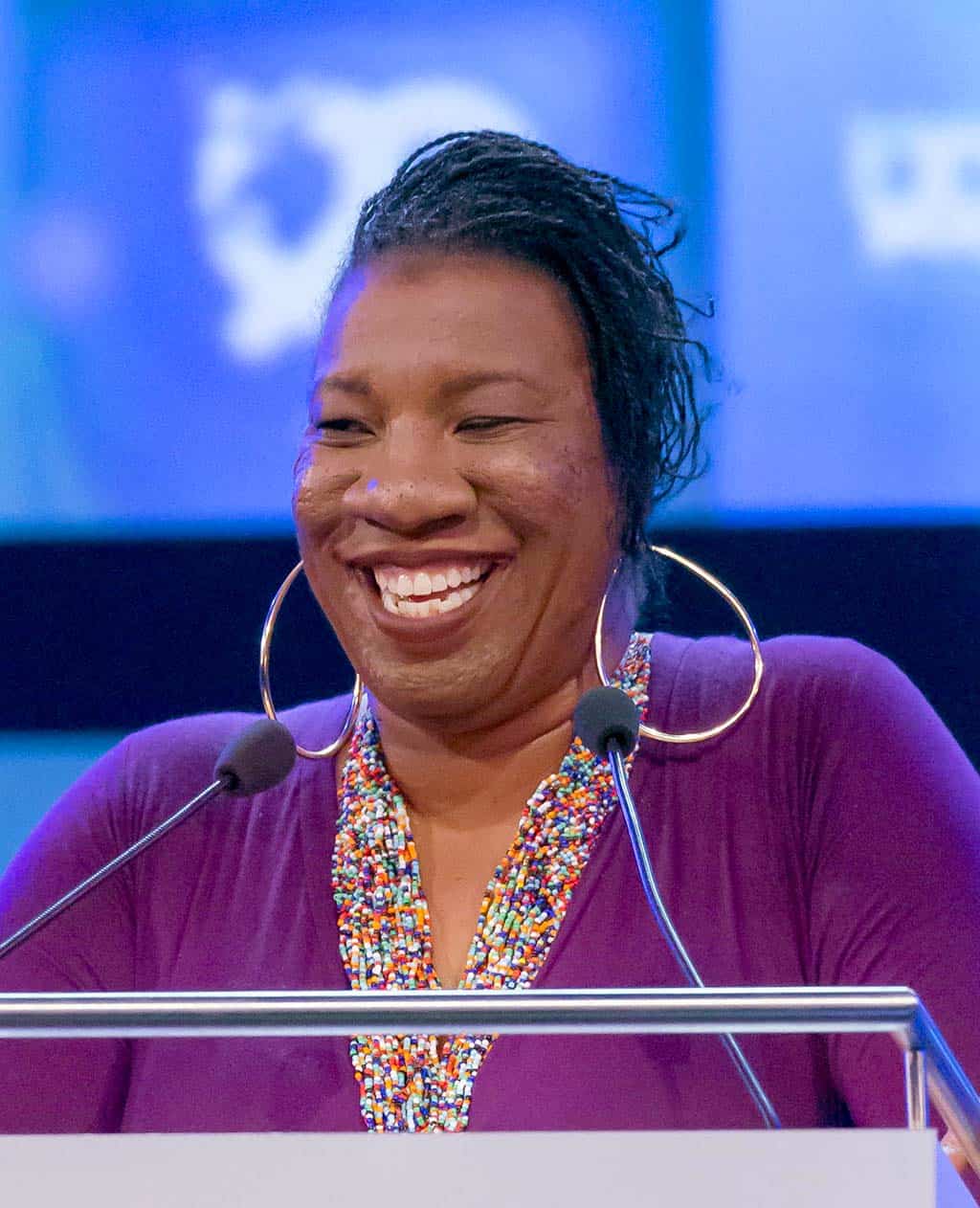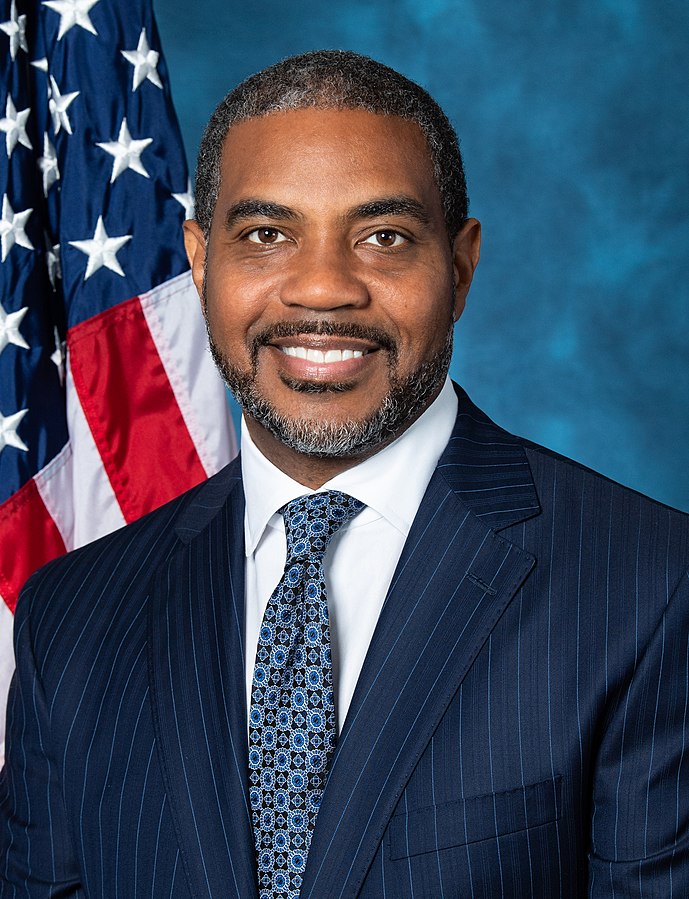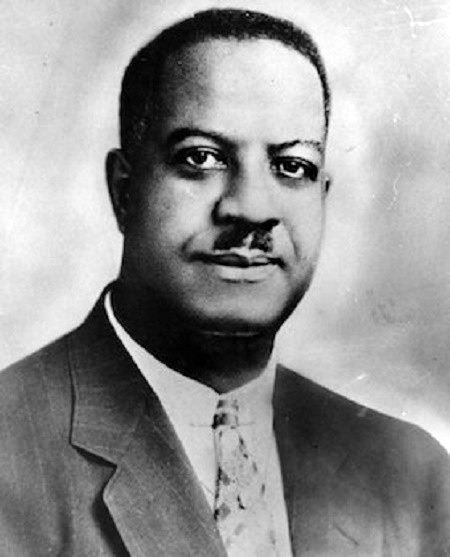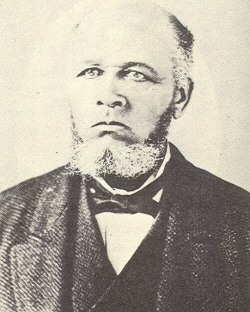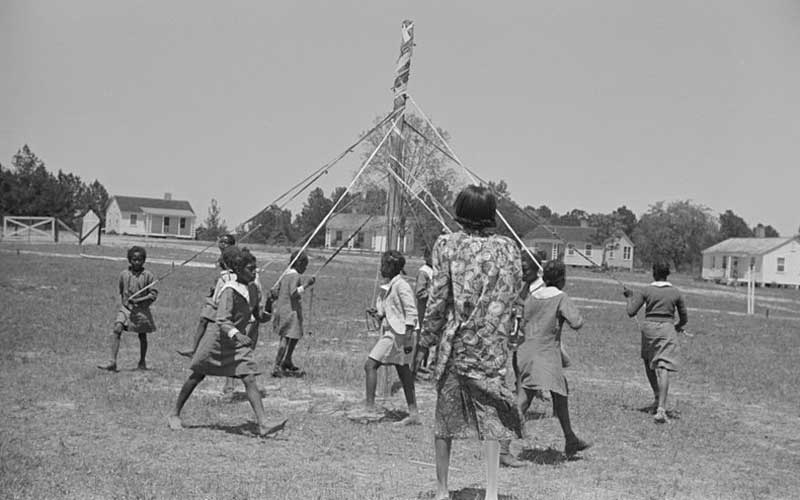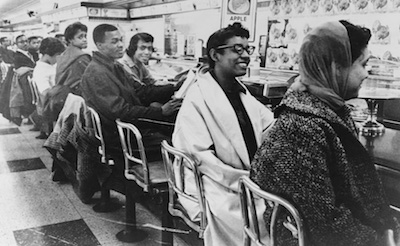Morehouse School of Medicine (MSM), one of two historically black medical schools created in the twentieth century, was established in 1975 in Atlanta, Georgia. Former US Surgeon General David Satcher served as the institution’s first president. The school was meant to be a two-year medical education program at Morehouse College, an all-male black college in Atlanta, but in 1981, Morehouse School of Medicine became an independent institution. Four years later it became accredited to issue medical degrees.
Morehouse School of Medicine was established with the purpose of training minority students to become physicians, biomedical scientists, and public health professionals. The school offers doctor of medicine (MD), doctorate (PhD), and master of public health (MPH) degrees and maintains seven residency programs. When the school first became an independent institution it had only a Family Medicine program, but over the years it added Preventive Medicine (1986), Internal Medicine, Psychiatry (both in 1991), surgery (1993), Obstetrics and Gynecology (1997), and Pediatrics (2000).
Morehouse School of Medicine has always focused on training primary care practitioners. In a time where many practitioners feel pressured or enticed to take on higher paying specialties, Morehouse continues to emphasize the need for urban medicine with a commitment to underserved populations. The school has recognized the drastically decreasing number of primary care physicians and its negative effect on low-income areas. Giving back to the community is of importance to the Morehouse School of Medicine, and in the first-ever study of all the medical schools in the United States in 2010, the school was ranked first in its ability to achieve a social mission.
Its focus on the community is one of the factors that led Morehouse School of Medicine to be chosen among twenty-one organizations across the country to develop programs that would create “Promise Neighborhoods.” This program was created by the U.S. Department of Education in 2010 as “an effort to reclaim the surrounding neighborhood with programs aimed at health and wellness, education, economic development, infrastructure, safety, and community resources” with the desired effect of increasing students’ chances for success. Morehouse School of Medicine received a one-year federal grant of $500,000 to implement this program in the Atlanta area. The program focused on improving education in seven neighborhood schools which had mostly low-income students.
The Morehouse School of Medicine is a private institution with an enrollment of 329 students in 2009. Unlike many private institutions, Morehouse Medical School is not-for-profit. The school is also known for its research, which has steadily increased over the past decade. Although Morehouse College is an all-male institution, the majority of students at Morehouse School of Medicine are female. The students practice at the nearby Grady Memorial Hospital in Atlanta.

